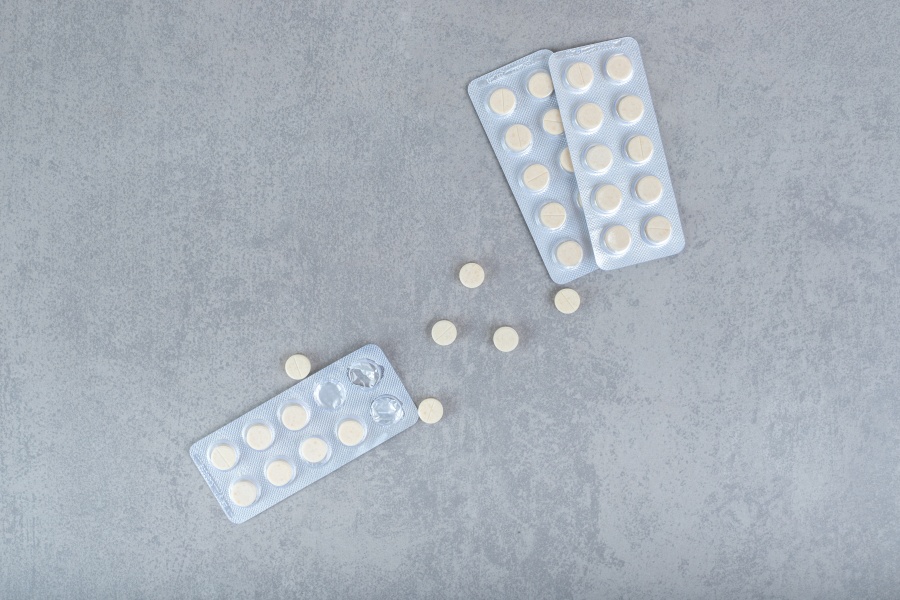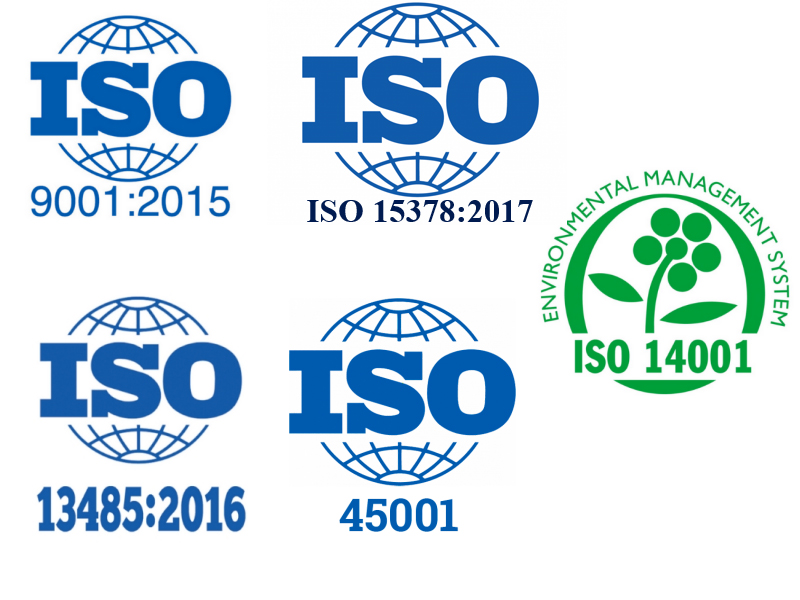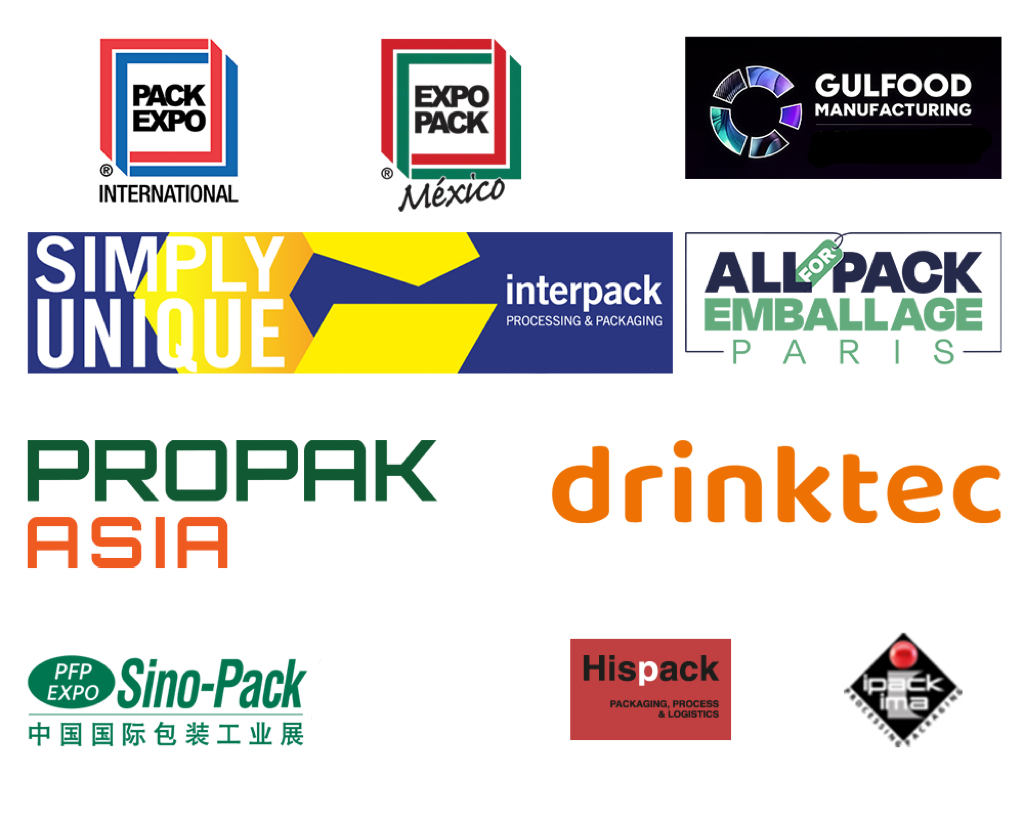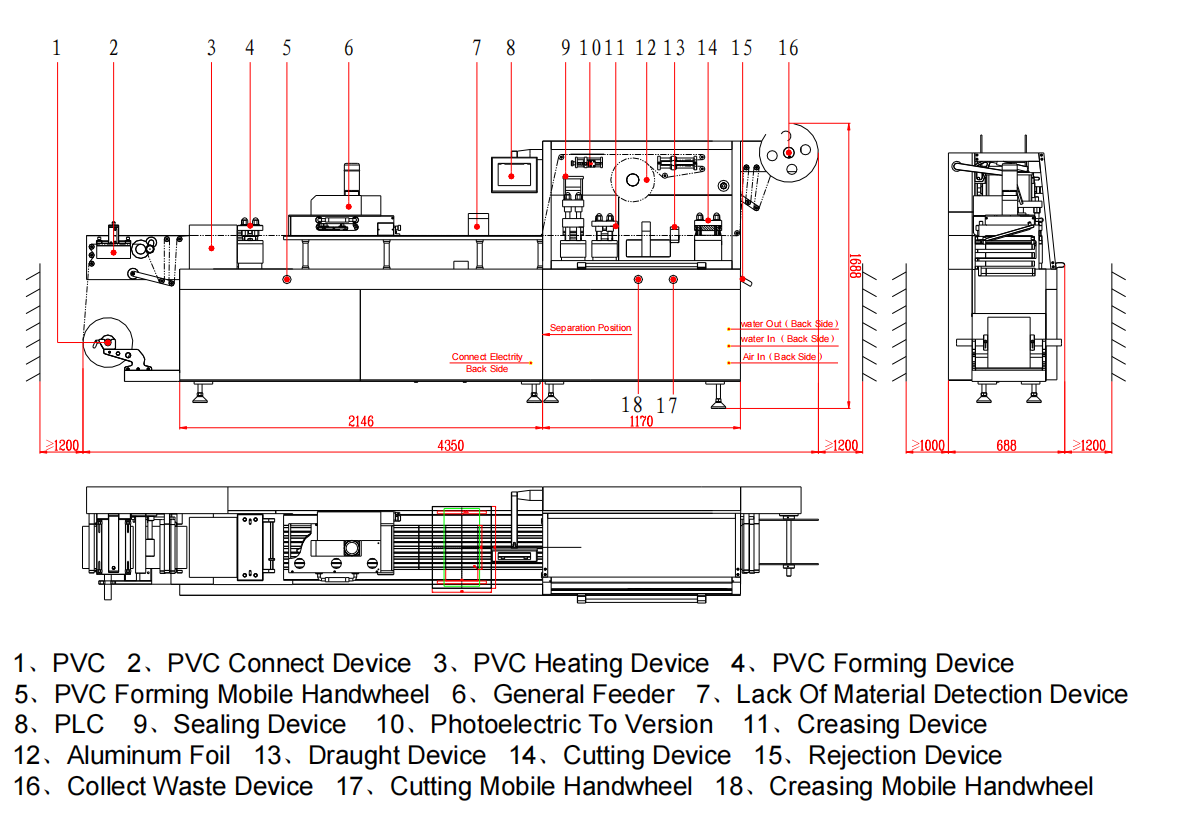Making medicines requires special equipment. Drug companies use many different machines to create safe medications. These machines must be extremely clean and precise. Let’s explore the essential equipment used in pharmaceutical manufacturing.
1. Raw Material Processing Equipment
Mixers and Blenders
Mixers and Blenders combine active pharmaceutical ingredients with other materials. They blend powders and liquids very well. These machines work fast. They also work efficiently. Every pill gets the same amount of medicine this way.
High-Speed Mixers handle tough blending jobs. They mix ingredients that don’t combine easily. The high speed creates perfect mixtures. It does this quickly too.
Planetary Mixers work like giant kitchen mixers. They handle thick materials easily. Companies use them for creams. They also use them for ointments. They mix ingredients without making a mess.
Ribbon Blenders mix dry powders gently. They have metal ribbons inside. These ribbons turn slowly. This protects delicate ingredients from damage.
Mills and Size Reduction
Mills break down materials into smaller pieces. They make particles the right size for medicines. Smaller particles mix better. They also work faster in the body.
Different mills work in different ways. Some use spinning blades. Others use grinding stones. The choice depends on the material.
Sifters and Separation
Sifters separate particles by size. They use screens with different hole sizes. Larger particles stay on top. Smaller ones fall through the holes.
This process ensures uniform particle size. Consistent particles make better medicines. They also help machines work more smoothly.
Storage and Feeding Systems
Tanks hold liquids and powders safely. They come in many different sizes. Some tanks are heated. Others are cooled. Some have mixing systems built in.
Feeders deliver exact amounts of materials. They control how much goes to each machine. Precise feeding prevents waste. It also ensures quality.
Water Purification
Purification Systems make ultra-clean water. Regular tap water has too many impurities. Drug making needs Water for Injection. These systems remove everything that could harm patients.
2. Granulation Equipment
Granulators turn powders into small clumps. These clumps are called granules. Granules flow better than powder. They also compress into tablets more easily.
Wet Granulation uses liquid to stick powder together. The liquid acts like glue between particles. After drying, strong granules remain.
Dry Granulation presses powder without adding liquid. This works well for materials that can’t get wet. The pressure alone creates good granules.
High-Shear Granulators work extra efficiently. They mix and granulate at the same time. This saves time. It also makes very uniform granules.
3. Heating and Cooling Systems
Drying Equipment
Ovens remove moisture from materials. Wet materials can grow bacteria. Dry materials stay stable longer. Different ovens use different temperatures.
Heating Systems warm materials during processing. Many reactions need specific temperatures. Precise heating ensures good results.
Temperature Control
Cooling Systems remove excess heat. Some processes create too much heat. Cooling prevents damage to sensitive ingredients.
Cooling Towers handle large amounts of heat. They use water and air to cool down. Big factories need these powerful systems.
4. Sterilization Equipment
Steam Sterilization
Autoclaves kill germs with hot steam. They get very hot under pressure. This heat destroys all bacteria. It also destroys viruses. Clean equipment prevents contamination problems.
Steam sterilization is very reliable. It works on most materials. However, some plastic items can’t handle the heat.
Filtration Systems
Sterile Filtration Systems remove germs without heat. They use very fine filters. These filters catch bacteria. They also catch viruses. The clean liquid passes through safely.
This method works well for heat-sensitive materials. Many liquid medicines use sterile filtration.
Freeze Drying
Lyophilization Systems dry products at very low temperatures. They freeze the product first. Then they remove ice without melting it. This creates very stable dried products.
Freeze drying works great for vaccines. It also works for biologics. These sensitive medicines stay potent longer when freeze-dried.
5. Tablet and Capsule Manufacturing
Tablet Production
Tablet Presses squeeze powder into pills. They use tremendous pressure to compress materials. Good machines make thousands of tablets per hour. The tablets come out perfectly shaped every time.
Modern tablet presses have many stations. Each station makes one tablet. Multiple stations work together. This creates high speed production.
Tablet Coating Machines add protective layers. They spray coating while tablets tumble around. This makes pills easier to swallow. It also protects the medicine inside from moisture.
Capsule Systems
Encapsulation Machines fill empty capsules with medicine. They work quickly. They also work accurately. The best machines fill hundreds per minute. Each capsule gets exactly the right amount.
These machines can handle powders. They can also handle liquids. They automatically separate capsule halves. After filling, they put the halves back together.
Marking and Identification
Capsule and Tablet Printers add important information. They print numbers on each dose. They also print letters. This helps identify different medicines. It also prevents counterfeiting.
The printing must be very clear. Patients need to read it easily. Pharmacists also need to read it. Special inks resist rubbing off.
6. Packaging Equipment
Blister Packaging
Blister Packaging Machines create individual pockets for pills. They form plastic bubbles around each tablet. Then they seal everything with foil backing. This protects medicines from air. It also protects from moisture.
Blister packs are very popular with patients. They can see each dose clearly. The packaging also prevents accidental overdoses.
Bottle Filling Systems
Bottling and Filling Lines put medicines in containers. They count tablets automatically. Then they add the right number to each bottle. This prevents counting errors.
Cappers seal bottles with tight-fitting caps. Loose caps let moisture in. Tight caps keep medicines fresh longer.
Carton Packaging Machine
Cartoners put individual packages into boxes. They fold cartons automatically. Then they add the medicine packages inside. Finally, they seal everything shut.
Counting Machines verify the right number of items. They use sensors to count very accurately. Wrong counts could mean wrong doses for patients.
Sealing Systems
Induction Sealers create tamper-proof seals. They use electromagnetic energy. This seals foil to bottle tops. Patients can see if someone opened the bottle before them.
7. Cleaning Equipment
Automated Cleaning
CIP Systems wash equipment without taking it apart. CIP stands for Clean-in-Place. They spray cleaning solutions through all the pipes. They also spray through tanks. This saves time. It also ensures thorough cleaning.
CIP systems use different cleaning steps. First they rinse with water. Then they clean with detergent. Finally they sanitize everything.
Container Cleaning
Bin Washers clean large containers. These containers are used for materials. These totes and bins get dirty during use. Automated washing ensures they’re perfectly clean for reuse.
Clean containers prevent cross-contamination. Different medicines can’t mix accidentally. This protects patient safety.
8. Analytical Instruments
Chemical Analysis
HPLC identifies what’s in each medicine. HPLC stands for High-Performance Liquid Chromatography. It separates different chemicals for analysis. This ensures the right ingredients are present. It also checks correct amounts.
Gas Chromatographs analyze materials that turn into gas easily. They separate different compounds. This helps with identification. This helps verify medicine purity.
Spectrophotometers measure how materials absorb light. Different chemicals absorb different colors. This creates unique fingerprints. These fingerprints help with identification.
Basic Testing
pH Meters measure how acidic solutions are. They also measure how basic they are. The right pH is critical for many medicines. Wrong pH can make medicines ineffective. It can also make them dangerous.
Balances weigh materials with extreme precision. Even tiny measurement errors can cause problems. Pharmaceutical scales measure very small amounts. They can measure fractions of milligrams.
9. Other Important Equipment
Chemical Processing
Reactors create new chemical compounds. They provide controlled environments for reactions. Temperature is precisely controlled. Pressure is also controlled. Mixing is controlled too.
Different reactors handle different types of reactions. Some need high pressure. Others require special atmospheres.
Separation Equipment
Centrifuges separate materials by spinning very fast. Heavy materials move outward. Light materials stay in the center. This separates different components cleanly.
Homogenizers create uniform liquid mixtures. They break down particles to the same small size. This makes smooth products. It also makes consistent products.
Quality Control
Inspection Machines check finished products automatically. check cracks, chips and wrong colors. Defective products get removed before packaging.
Human inspectors can’t check every single item. Machines inspect much faster. They also inspect more consistently.
Material Handling
Material Handling Equipment moves products safely around the factory. This includes conveyors. It also includes lifts. Automated vehicles are included too. Proper handling prevents contamination. It also prevents damage.
Vacuum Conveying Systems transport materials through enclosed tubes. This prevents exposure to air. It also prevents contamination. Materials stay clean during transport.
Specialized Processing
Pressure Vessels handle materials under high pressure. Some processes require extreme pressure to work properly. These vessels contain the pressure safely.
Vial Filling Machines fill small glass bottles with liquid medicines. They measure exact volumes precisely. Vials are often used for injectable medications.
Why Equipment Matters
Good equipment makes safe medicines consistently. Poor equipment causes dangerous problems. Contamination can seriously hurt patients. Wrong doses can be deadly too.
Companies invest millions in quality equipment. Good machines last many years with proper care. They make consistent products. This protects both patients and companies.
Regular maintenance keeps everything working properly. Broken machines make defective products. Scheduled repairs prevent bigger problems from developing.
Choosing the Right Equipment
Drug companies research equipment choices very carefully. They consider many important factors. Cost matters. However, quality is more important. Reliability is also more important.
All equipment must meet strict government regulations. Inspectors check everything regularly. Companies face serious penalties for using bad equipment. Patient safety always comes first.
Equipment suppliers must provide detailed documentation. This proves the machines work correctly. Regular testing ensures continued performance.
Conclusion
Pharmaceutical manufacturing equipment plays a critical role. It helps make safe medicines. It also helps make effective medicines. Each machine has a specific important job in the process. Every step requires specialized equipment. This includes mixing raw materials. It also includes packaging finished products.
Good equipment protects patient health. It also saves lives. Companies must choose wisely. They must also maintain everything properly. The investment in quality equipment pays off. It does this through consistent production. It also does this through safe medicine production.
The right equipment makes the difference. It separates medicines that help from medicines that harm. This is why pharmaceutical manufacturing requires careful attention. Equipment selection is important. Equipment maintenance is also important.















